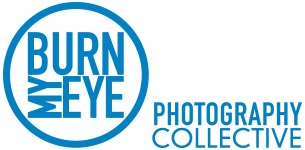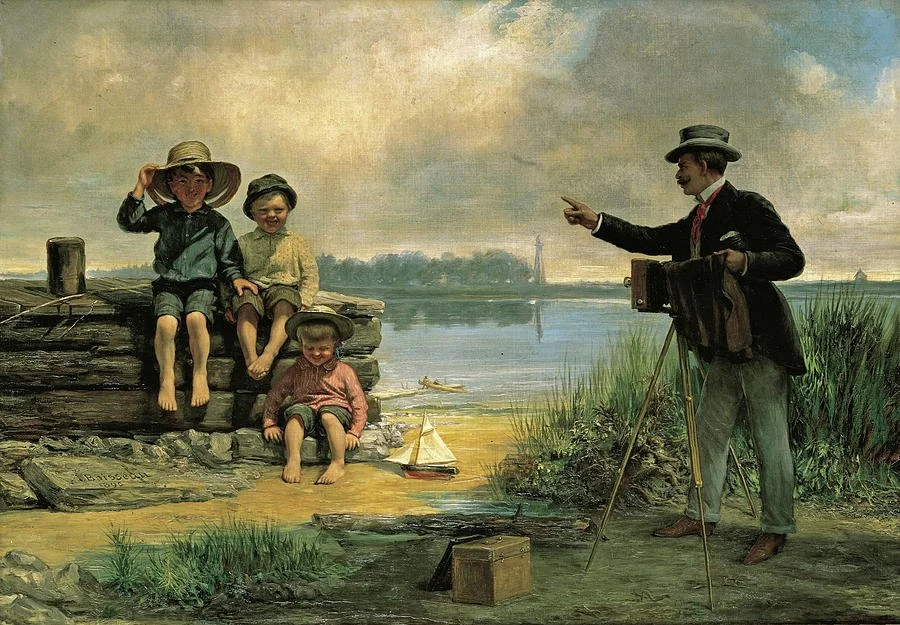Who are you?
I am a freelance photographer based in Guangdong, China.
What was the trigger or inspiration that led to your taking up photography?
I started to take photos of things such as landscapes, macros and portraits back in 2009. But then I came to realize that the most important subject for me was people's livelihoods and reminiscence, so I began to concentrate on documentary photography starting from 2014 up to today.
What do you hope to communicate or describe with your work?
I love the people of my country, and I would like to record the rapid development of China from my own point of view.
Has your relationship with photography changed over time, and if so, how?
I regard documentary photography as my second life; it always surprises me, and I feel that this love will last for the rest of my life.
Select a few of your photos and talk about how they came to be and how they reflect your working methods.
This one was taken one afternoon in a church. The cute little girl was happy to show me every corner of the church; she was familiar with the church because she lived nearby. Suddenly she jumped up and danced on the ping-pong table, and I captured a moment in which she paused and stroked her hair; it looks like she is waving to the statue; it was a beautiful, pure moment that I could never forget.
This scene occurred during a celebration of the Chinese Lunar New Year. Hearing the terrifying sound of firecrackers, the grandfathers tried to protect their grandchildren, holding them tightly. I found love at that moment, so I took the shot.
https://www.instagram.com/rayzhengphoto/





